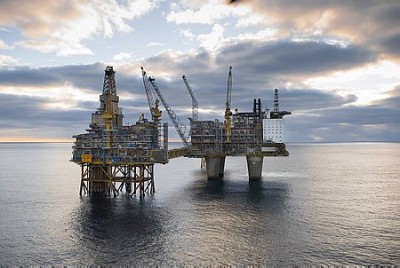A new study has revealed massive gold, silver, copper, zinc, cobalt and lead deposits in the seafloor within Norway’s economic zone. Researchers from the Norwegian University of Science and Technology in Trondheim (NTNU) estimate the value of the mineral reserves could total more than NOK 430 billion (USD 70 billion). The potential value could reach 1,000 billion, which equals a fifth of the Norwegian oil fund.

The study looked at the northern section of the mid-Atlantic ridge, NTNU’s research journal Gemini has reported. The volcanic activity which created Iceland and the Norwegian-owned Jan Mayen island also formed ore deposits.
Hydrothermal activity is the process where seawater permeates the ocean floor, heats to 400 degrees celsius, and extracts minerals out of the earth as it boils back up to the seabed. The minerals, according to the NTNU researchers, solidify into precious metals as they reach the surface in a cloud of black smoke, and spread through cooler water.
They said they’ve estimated the gross value of the ore reserves, which doesn’t take into account extraction costs. Nonetheless, Ingvald Strømmen, dean of NTNU’s Engineering Science and Technology faculty, told Gemini the results are “remarkable” and highly intriguing.
“The substantial size of the estimate provides the basis for the continuation of the project to increase knowledge about Norway’s marine mineral resources and how these can be managed in a sustainable manner,” said Strømmen.
Seabed mineral mining company Nordic Ocean Resources also took part in the research. The aim was to establish what sort of minerals exist on the ocean floor, and set new research and development goals. The first “black smokers” were discovered off the Galapagos Islands in 1979, but underwater ore so far remains an untapped resource.
Commercial feasibility remains unclear, but the prospect of new offshore wealth for Norway is especially intriguing at a time when debate flies over the future of the country’s offshore oil and gas industry. Politicians are arguing over how to reduce Norway’s economic reliance on oil, and what might replace oil and gas wealth when wells run dry or environmental concerns slow the pace of extraction.
newsinenglish.no/Emily Woodgate

